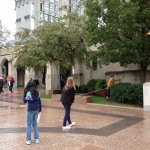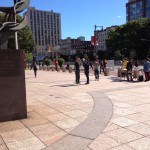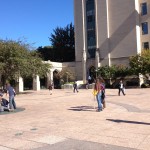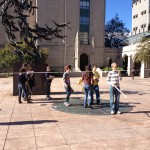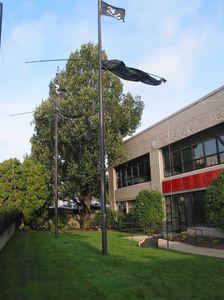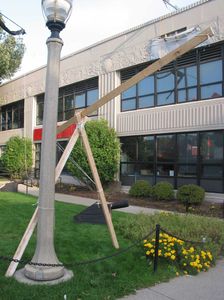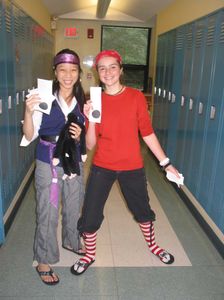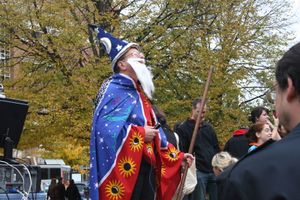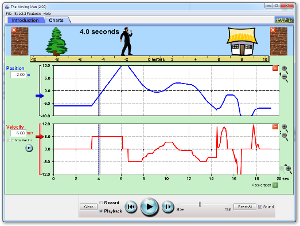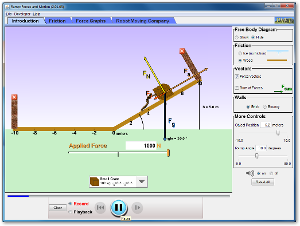Yesterday was a great example of our outreach. Several of our students led a LEGO Mindstorm programming workshop for the Educational Forum at BUA. There were over 30 middle school students who attended the workshops.
The students have been busy building VEX and FTC robots, and preparing for our Lego League Tournament. As you prepare for the holiday season, if you need to buy a last minute Halloween costume, feel free to shop at Costume Supercenter, one of our sponsors. You can link to them through our sponsors web-site. http://www.bu.edu/bufirst/2565-2/sponsors/
We have a great set of undergraduate mentors this year including Emily, Kanav, Thomas, Armann, Thomas, and Jenny!
On Saturday, December 1st we will be hosting a LEGO League Tournament in the Sargent Gym. I expect that most of our students will be involved in the running of this event. Our students will be referees, judges, mentors, and tech support. They will be busy! I also am looking for parents to volunteer to help out with this event. If you happen to be in a career related to Seniors (which is the theme this year), we would love to have you as a judge! We are also looking for companies related to Seniors to be sponsors for this event.
VEX: I hope to compete in 2-3 VEX tournaments this fall. We will have two VEX squads (with a maximum of 10 students) registered. Our first match will be at Trinity High School in Manchester, NH on Saturday November 3rd. We will not be providing transportation, so if you can help out with carpooling that would be great (and provide a lift for our undergraduate coaches). Students will be selected soon.
FTC: I hope will be attending an FTC scrimmage in Lexington in mid-November. Details coming.
The FRC kickoff is the Saturday before BUA classes resume in January (Jan 5th). We will also be hosting tournaments on Jan 4th and Jan 6th.
We are registered for the Boston FRC Regional March 21-23.
All students this year are expected to be involved in fund-raising and community service. Fund-raising can take the form of finding sponsors, selling LED Light Bulbs, or selling Hex-Bugs, or helping to run concessions at the tournaments. Community service might take the form of helping out at demonstrations, our tournaments we host, building LEGOs for the tournaments, working at the camps, etc.
Please feel free to get in touch with me if you have questions.



